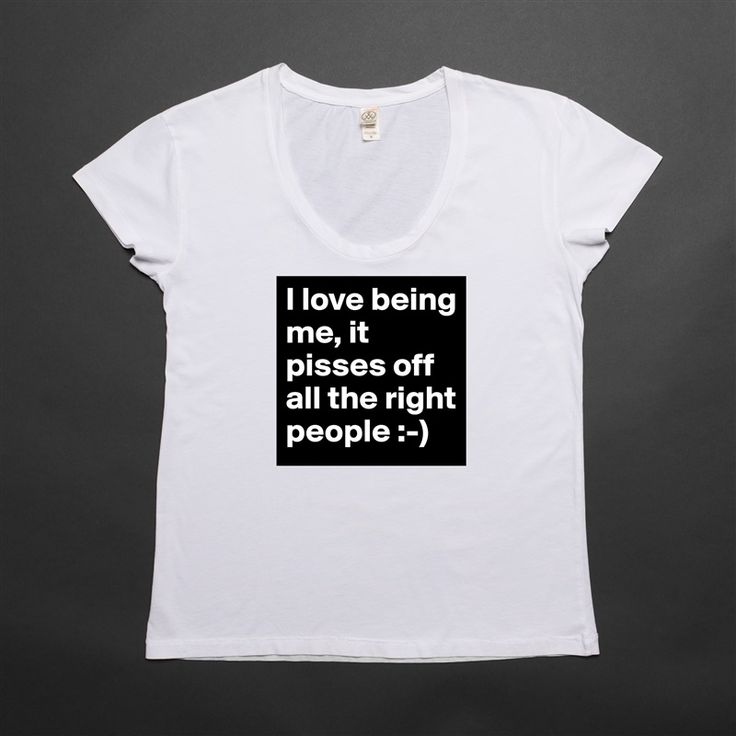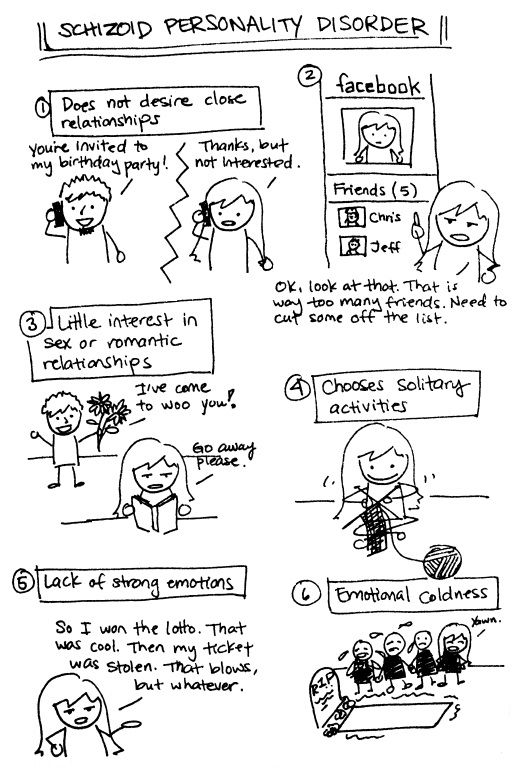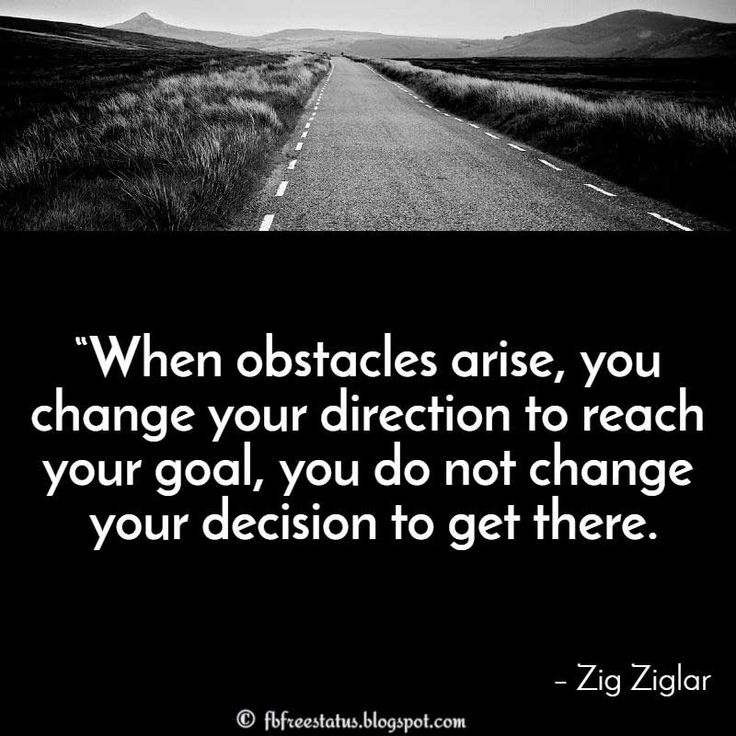Can you learn empathy
Being empathetic is important. Can you learn empathy?
It’s official – empathy among young people has declined significantly over the past few decades. A University of Michigan study, which analyzed data on empathy from almost 14,000 college students gathered between 1979 and 2009, found a 48% decrease in empathetic concern and a 34% decrease in perspective taking, which is the ability to look at things from another person’s point of view. Though the exact causes for these declines is hard to pinpoint, prior research has identified the rise of social media, smaller family sizes, as well as the stronger pressure to succeed professionally and academically as potential reasons. In addition, new research indicates that individualism, the belief that each person is unique and should be self-reliant is rising globally. This likely stems from increased socioeconomic development, and also contributes to this decline in empathetic professionals.
“Empathy is simply listening, holding space, withholding judgment, emotionally connecting, and communicating that incredibly healing message of you’re not alone. ” Brene Brown
In our previous post, we explored what empathy is – the ability to understand another person’s thoughts and feelings in a situation from their point of view, rather than your own – and the three types of empathy: cognitive, emotional and compassionate.
But what’s the big deal about empathy? Will it help you succeed in your career and relationships? Can it be learnt?
The answer is yes, empathy is important, can help you succeed both personally and professionally, and it can be learned, like most skills, with practice.
First and foremost, empathy helps you establish and build social connections with others. Having a social support network is in and of itself beneficial. Research has found that having social relationships is linked to many aspects of health and wellness, as emotional support is an important protective factor when dealing with stress. It also curbs loneliness, reducing the risks of health problems including cardiovascular disease, decreased immunity and depression.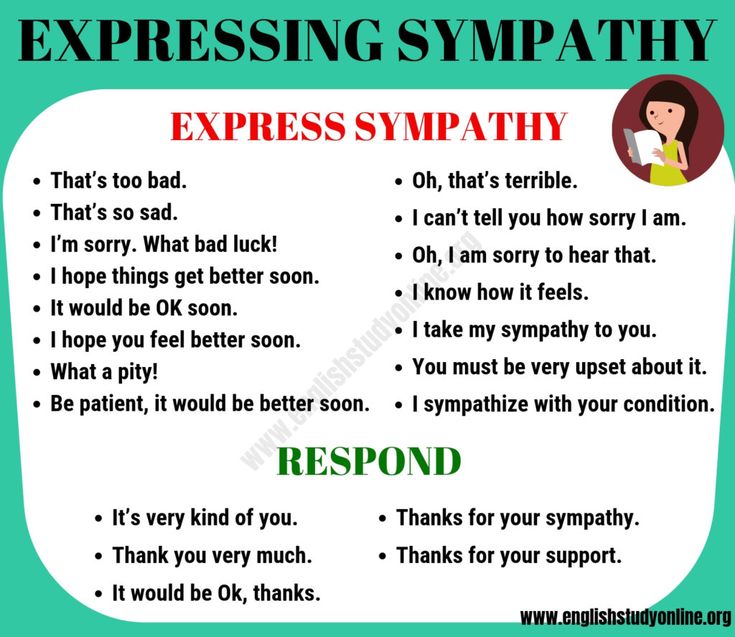 Without empathy, people struggle to relate to each other or think of the other individual’s interests, so relationships suffer.
Without empathy, people struggle to relate to each other or think of the other individual’s interests, so relationships suffer.
Not surprisingly, the benefits of being able to connect with others also improve one’s professional life. This is especially noticeable in professions centred around helping others, such as healthcare, education, human resources and social work, where one interacts with many individuals daily from all walks of life. Being sensitive towards the emotions and perspectives of others allows those working in these fields to be more effective at their jobs. Doctors and nurses who practice empathy towards patients are more likely to develop an emotional connection with them. Their patients are more comfortable to disclose important medical information and follow their nurse’s or doctor’s advice when they feel their concerns have been heard. Even simple non-verbal interactions such as making regular eye contact have been found to affect a patient’s perception of empathy and corresponding health outcomes.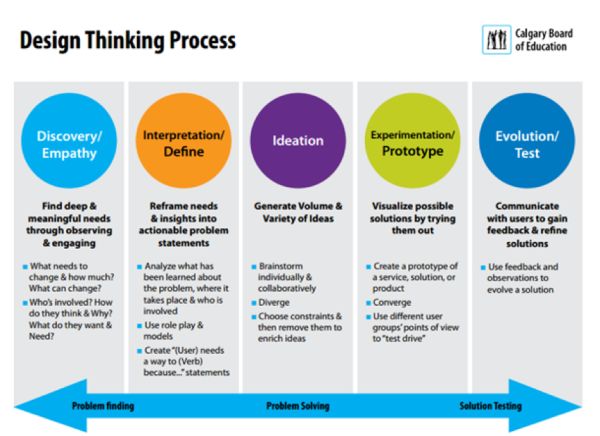 In education, an empathetic teacher will be able to foster a safe, caring and inclusive classroom environment that is conducive to learning. They can work to understand their student’s personal situations and respond compassionately without losing the focus on student learning. Moreover, empathetic teachers are able to instil this value and skill in their students, setting them up for future success.
In education, an empathetic teacher will be able to foster a safe, caring and inclusive classroom environment that is conducive to learning. They can work to understand their student’s personal situations and respond compassionately without losing the focus on student learning. Moreover, empathetic teachers are able to instil this value and skill in their students, setting them up for future success.
Not all of us are born natural empaths. Most individuals will learn empathy while growing up through observing the interactions of those around them. Luckily, no matter how old you are, it’s never too late to become more empathetic. Here are three ways you can actively practice empathy in your daily life.
1. Seek out new perspectives and experiences“Putting yourself into someone else’s shoes” is difficult when you do not know enough about the other person. Start by learning about how other people live. Read articles and books from people of different backgrounds, volunteer at a social organization or start a conversation with a new co-worker or acquaintance! Being curious about others beyond your current social circle, having honest conversations with them and learning about their lives expands your ability to be empathetic.
To make an empathetic connection with someone, it must go both ways – simply listening to them does not forge this connection. Instead, when people open up to you about their feelings, view it as an opportunity for you to identify with them and be vulnerable to them. Take the time to listen to them actively to understand where they are coming from without trying to problem solve right away. You might not have been in their exact position, but you can imagine or think back to a time where you had similar feelings and emotions. Though it’s not easy to have conversations about negative emotions and situations, training yourself to do so when the opportunity arises will increase your emotional intelligence.
3. Acknowledge your biasesWe all have innate biases, most commonly centred around our race, gender, age or other visible features. These biases curb our ability to empathize with others as they cause false perceptions (e. g. everyone of the opposite gender are not fit to be leaders), which in turn influences our actions. Such biases also make us less willing to try to empathize with people from different backgrounds or experiences. Many of our biases are unconscious, but one way to learn what biases you hold is to take an unconscious bias quiz. This quiz was created by Project Implicit, a non-profit organization created by researchers at Harvard, the University of Washington and the University of Virginia. Once you are aware of your bias, you become more aware of yourself and others, creating empathy.
g. everyone of the opposite gender are not fit to be leaders), which in turn influences our actions. Such biases also make us less willing to try to empathize with people from different backgrounds or experiences. Many of our biases are unconscious, but one way to learn what biases you hold is to take an unconscious bias quiz. This quiz was created by Project Implicit, a non-profit organization created by researchers at Harvard, the University of Washington and the University of Virginia. Once you are aware of your bias, you become more aware of yourself and others, creating empathy.
Learning to lead with empathy doesn’t happen overnight, but takes practice, awareness and educating yourself on other people, as well as your own bias.
For additional resources on how to practice empathy, we have compiled a list of resources:
- Developing Empathy as Practice by Stephanie Briggs
- 6 Ways to Master Your Empathetic Abilities
- How to be More Empathetic
- 7 Books that will help you develop more empathy
- Understanding Empathy
- Empathy in Healthcare
This is part one of a two part series on empathy.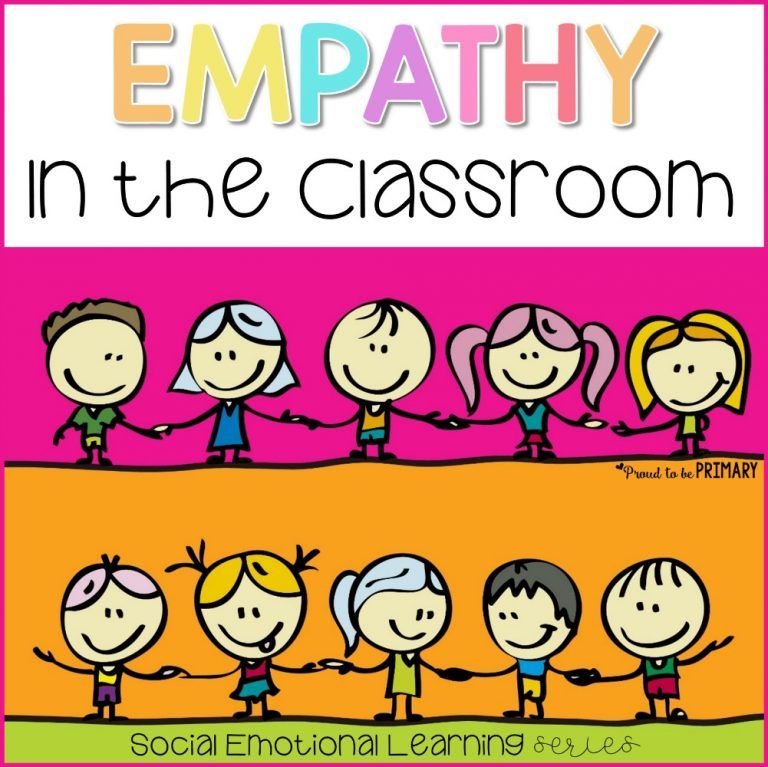 To see the first part, click here. This blog is intended for learning purposes only, and is not a study guide for the Casper test.
To see the first part, click here. This blog is intended for learning purposes only, and is not a study guide for the Casper test.
Photo by Clay Banks on Unsplash
How to Be More Empathetic - A Year of Living Better Guides
By Claire Cain Miller
Illustrations by Jaime Jacob
More and more, we live in bubbles. Most of us are surrounded by people who look like us, vote like us, earn like us, spend money like us, have educations like us and worship like us. The result is an empathy deficit, and it’s at the root of many of our biggest problems. It’s because of how homogeneous people’s social circles have become, and also because humans naturally hold biases. But researchers have discovered that far from being an immutable trait, empathy can be developed. There are steps people can take to acknowledge their biases and to move beyond their own worldviews to try to understand those held by other people. Bonus: You’ll make new friends along the way.
Practice Empathy
While some people are naturally more empathetic, there are exercises that anyone can do to improve.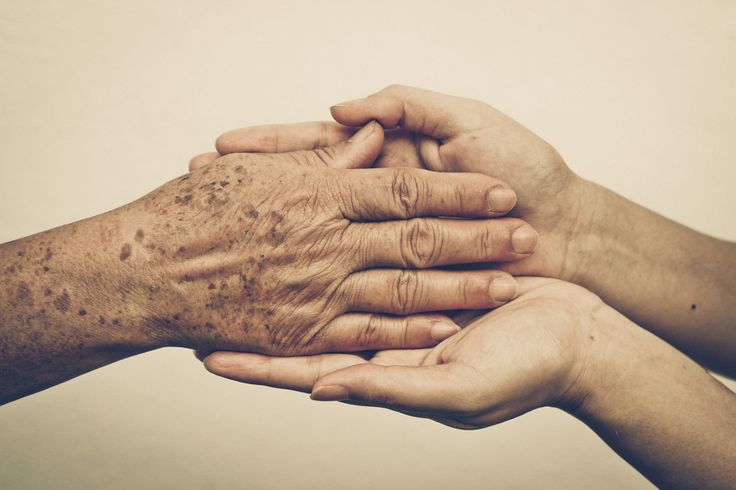
So what is empathy? It’s understanding how others feel and being compassionate toward them. It happens when two parts of the brain work together, neuroscientists say — the emotional center perceives the feelings of others and the cognitive center tries to understand why they feel that way and how we can be helpful to them.
Research has shown that empathy makes people better managers and workers, and better family members and friends. But it’s bigger than just its personal effect. We’re all in this together, and researchers say that connection and compassion are crucial to a sustainable and humane future.
Some people are more naturally empathetic than others, but there are easy, evidenced-based exercises that anyone can do to increase their empathy.
Talk to New People
Trying to imagine how someone else feels is often not enough, researchers have found. Luckily, the solution is simple: Ask them. “For me, the core of empathy is curiosity,” said Jodi Halpern, a psychiatrist and bioethics professor at the University of California, Berkeley, who studies empathy. “It’s what is another person’s life actually like in its particulars?”
“For me, the core of empathy is curiosity,” said Jodi Halpern, a psychiatrist and bioethics professor at the University of California, Berkeley, who studies empathy. “It’s what is another person’s life actually like in its particulars?”
Try It:
- Start conversations with strangers or invite a colleague or neighbor you don’t know well to lunch. Go beyond small talk – ask them how they’re doing and what their daily life is like.
- Follow people on social media with different backgrounds than you have (different race, religion or political persuasion).
- Put away your phone and other screens when you’re having conversations, even with the people you see every day, so you can fully listen and notice their facial expressions and gestures.
Try Out Someone Else’s Life
Don’t just stand in someone else’s shoes, as the saying goes, but take a walk in them, said Helen Riess, a psychiatrist at Harvard Medical School and chief scientist of Empathetics, which provides empathy training for health care practitioners.
- Attend someone else’s church, mosque, synagogue or other house of worship for a few weeks while they attend yours, or visit a village in a developing country and volunteer. Spend time in a new neighborhood, or strike up a conversation with a homeless person in your community.
- If someone’s behavior is bothersome, think about why. If it’s your teenager, for instance, start by acknowledging that he might feel stressed, but go further: Consider what it’s like to live his daily life – what his bus ride is like, how much homework he has and how much sleep he gets.
Join Forces for a Shared Cause
Working on a project with other people reinforces everyone’s individual expertise and humanity, and minimizes the differences that can divide people, said Rachel Godsil, a law professor at Rutgers and co-founder of the Perception Institute, which researches how humans form biases and offers workshops on how to overcome them.
- Work on a community garden.
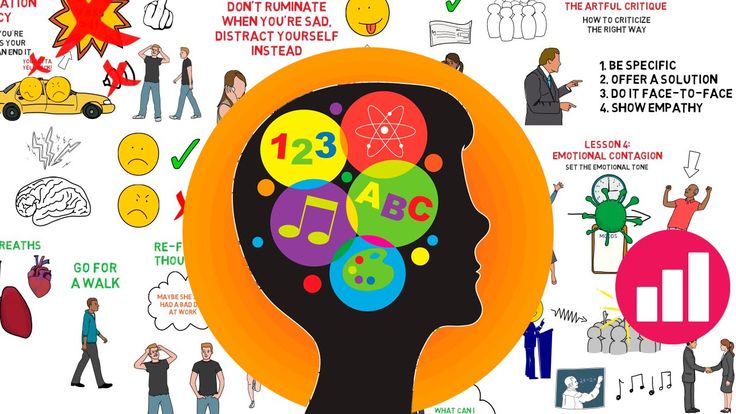
- Do political organizing.
- Join a church committee.
- If you have experienced grief or loss, join with others who have experienced something similar.
“My magic potion would be for communities to have meaningful, heartfelt projects that speak to their grief and vulnerabilities,” Dr. Halpern said.
For example, she found in her research that when women from the former Yugoslavia joined together across ethnic groups to help find the missing bodies of family members, they came to care for and respect each other despite their ethnic groups’ conflicts. Similarly, Israeli and Palestinian families who have lost an immediate family member to the violence there come together in a group called Parents Circle - Families Forum.
Admit You're Biased
We’re all biased. Acknowledging that is the first step. The second step is taking action to overcome it.
I’ll start: I came to researching and writing this piece with my own experiences, privileges and biases. I tried to reflect many different perspectives here, but I most certainly missed some. As you read, try to consider your experiences and take from this what’s most relevant to you.
I tried to reflect many different perspectives here, but I most certainly missed some. As you read, try to consider your experiences and take from this what’s most relevant to you.
Be Honest With Yourself
“Bias is a natural part of the human condition,” said Erin L. Thomas, a partner at Paradigm, which helps organizations with diversity and inclusion strategies. “This is adaptive for us to take mental shortcuts and make conclusions about the people around us. Actively working to combat that is what matters.”
Take a Quiz: Biases are often unconscious – we might not realize we have them – so one way to learn more about your biases is to take an unconscious bias quiz, like this one from Project Implicit, a nonprofit started by researchers at Harvard, the University of Washington and the University of Virginia.
Check Your Privilege
The flip side of bias is privilege. Bias puts certain groups of people at a disadvantage in our society, while privilege puts other groups at an advantage.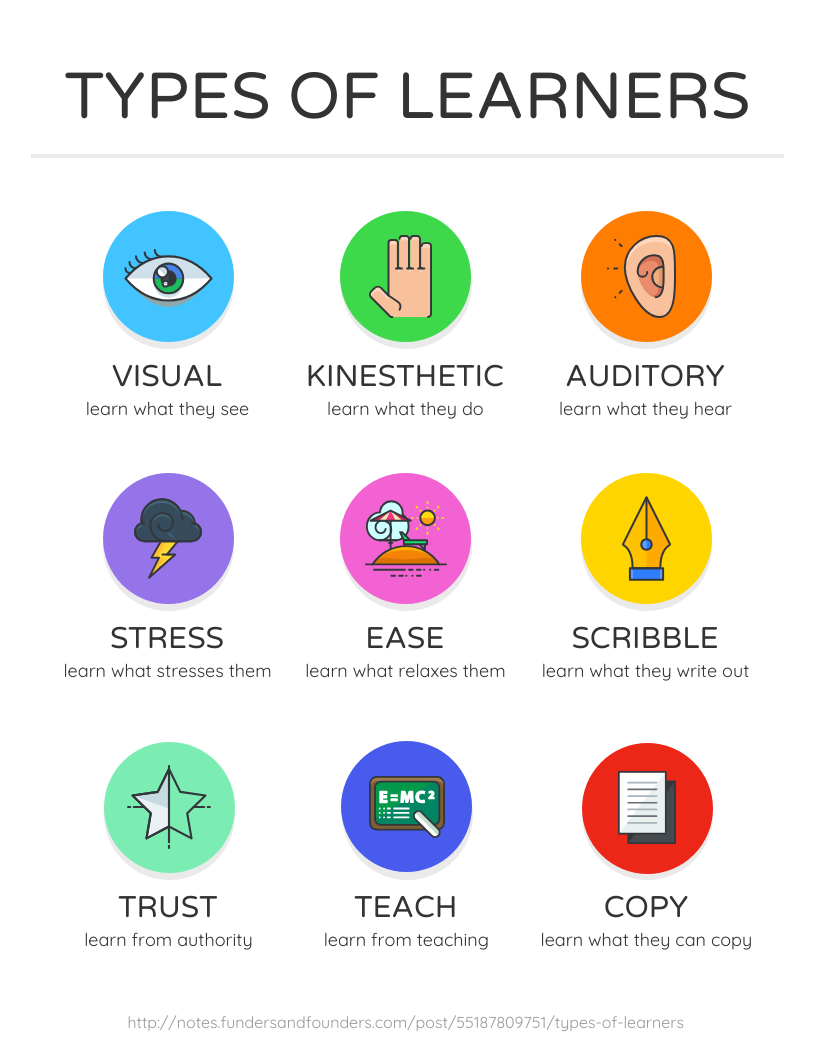
Your privileges are things that give you special status and that you didn’t earn and don’t necessarily realize you benefit from. One example is when white people, unlike African-Americans, don’t worry about police violence during a routine traffic stop. Another is when someone raised with enough money has never thought about whether they can afford to eat.
We all have different identities, and some make us privileged while others do the opposite. Perhaps you are a white man and also LGBTQ. Or you are able-bodied and an immigrant.
Take a Quiz: This short one helps shine on a light on your privileges. It calculates your “American dream score,” which takes into account the factors that were working in your favor and those you had to overcome to get where you are today – like how good your school was, how financially secure your parents were and how much access you’ve had to health care.
Other researchers have also made lists of questions and activities that can help you understand your privilege.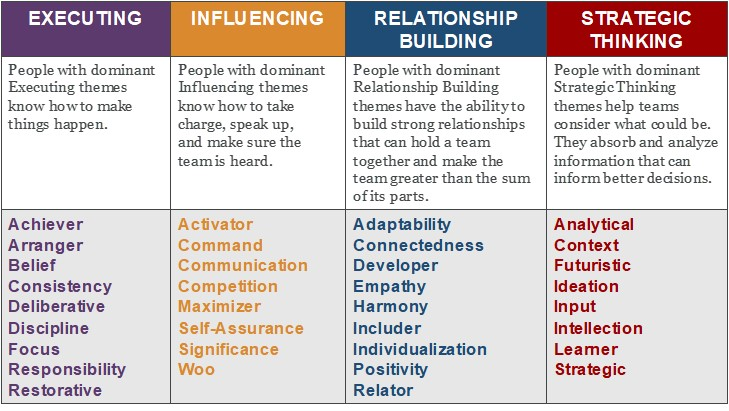
To start, ask yourself a few questions:
- When was the last time you had to think about your race, ethnicity, gender, religion, ability level or sexual orientation?
- When watching movies or TV, how often do you see characters who reflect who you are?
- How often are you in social settings where most people are of a different identity than you are?
Again, Talking to People Helps
One of the most important ways to confront bias and privilege in your life is to hear from others about their everyday lives, and consider how they’re different from yours, Ms. Thomas said.
It can be as simple as having lunch with a colleague and asking about their routines, she said. Maybe you’ll learn that they leave early to care for a family member or drive a different commute because they’re afraid of interacting with police. Perhaps they never feel heard in meetings, or struggle to find a time and place to pump breast milk during the day.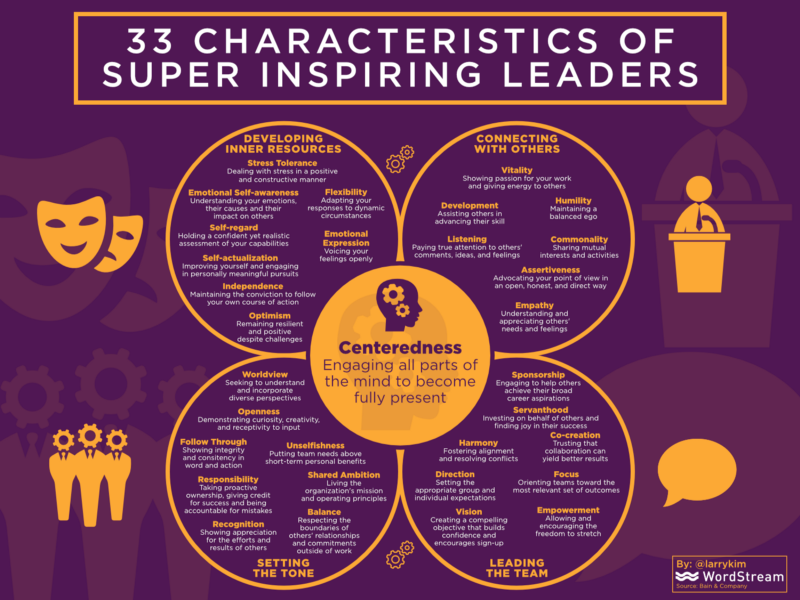
“The more you hear about the things that other folks have to factor into their day, the more you recognize the things you don’t have to pay attention to,” Ms. Thomas said.
Stand Up for Others
Empathy should drive us to act compassionately toward others.
Take Action
The next step, after acknowledging your privileges, is to put them to use on behalf of groups who don’t have them.
Some ways to do this:
- Donate money to causes that help people in need or attend a rally in support of them.
- Speak up when someone makes a discriminatory comment or interrupts. This is especially important to do when you’re not part of the community being undermined, Ms. Thomas said.
- If someone interrupts, you could say: “I think she was still in the middle of sharing her idea, let’s make sure she has a chance to finish before we move on.”
- If someone makes an offensive joke or disparaging comment, simply say: “What you just said is offensive.
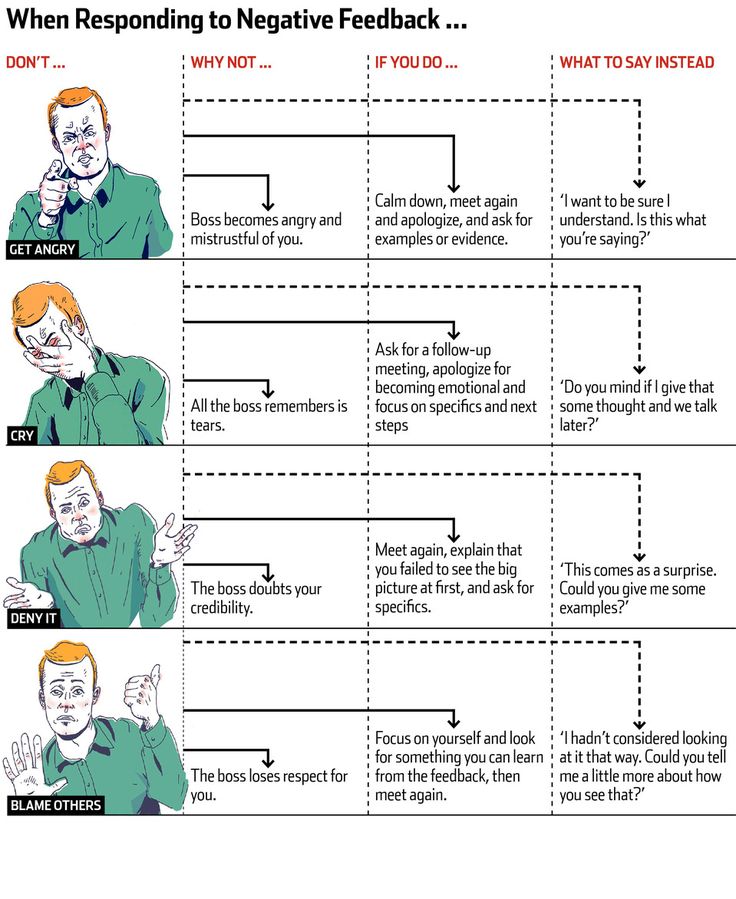 ”
”
Amplify Other Voices
Sometimes the most powerful thing you can do is step aside and create a space for those outside your group to speak.
Some ways to do this:
- If you want to share an article online, find one written by a member of an underrepresented group or a member of the community that the article is about.
- If you hear someone ignore or take credit for someone else’s idea, you could say: “She has a point, let’s discuss it.”
It's Not About You
- Remember that you don’t need to understand everything about someone to make them feel respected.
- Advocate for things that will help others, even if they don’t directly affect you, like pushing for paid parental leave even if you’re not a parent, or helping to organize an event for LGBTQ colleagues even if you’re not part of that community.
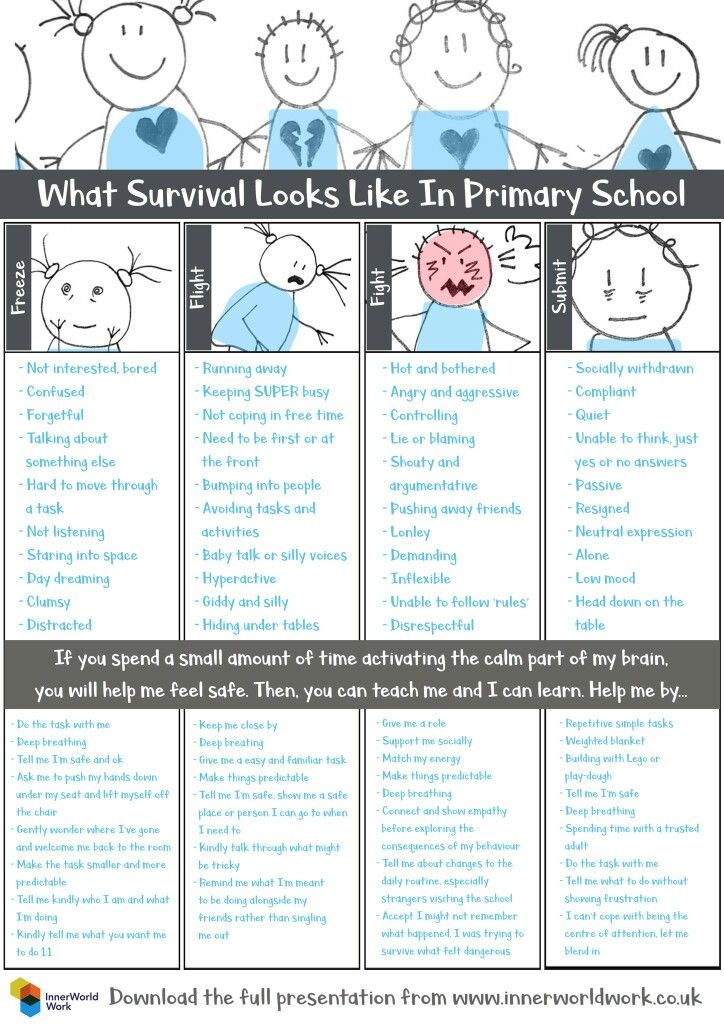
- Don’t make assumptions about people based on what your life is like. When you’re asking colleagues about their lives, don’t assume, for instance, that they have an opposite-sex partner, three healthy children, or a beautiful, spacious home.
- In workplaces, women and people of color do more of what researchers call office housework – unglamorous chores like getting coffee for a meeting or arranging a colleague’s goodbye party. Recognize when this happens, and if you’re not part of one of these groups, take on these tasks and recruit others to as well.
Read Books
Reading is one of the best ways to open your mind to the experiences of others.
Lose Yourself in Fiction
Reading literary fiction requires people to enter characters’ lives and minds – and by doing so, it increases people’s capacity to understand other people’s thoughts and feelings, researchers at the New School have found. People who read literary fiction performed better on tests of empathy and emotional intelligence afterward.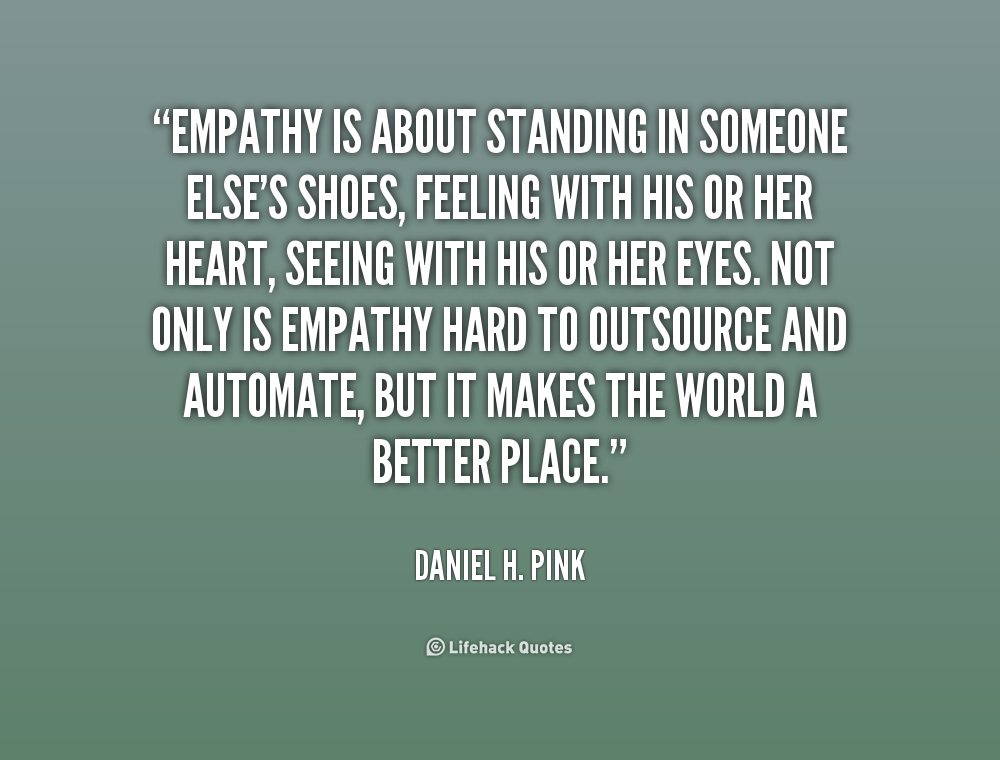
“You enter the thoughts, heart and mind of another person who’s not like you, and it really does break down barriers,” said Dr. Riess, whose book, “The Empathy Effect: Seven Neuroscience-Based Keys for Transforming the Way We Live, Love, Work and Connect Across Difference” came out in November.
Choose novels with narrators who have lives and backgrounds unlike yours, or who live in a different place or time. Choose diverse authors, too.
One place to start: The 2018 National Book Awards finalists for fiction. Their characters include a group of black men in New York City; a teenage Cherokee boy; and a group of queer friends in Chicago during the AIDS epidemic. Here are the titles of those:
- “A Lucky Man” by Jamel Brinkley
- “Where the Dead Sit Talking” by Brandon Tobson
- “The Great Believers” by Rebecca Makkai
Learn From Nonfiction
Read about the lives, struggles and fights against oppression of different groups of people — in history books and essay collections and newspapers.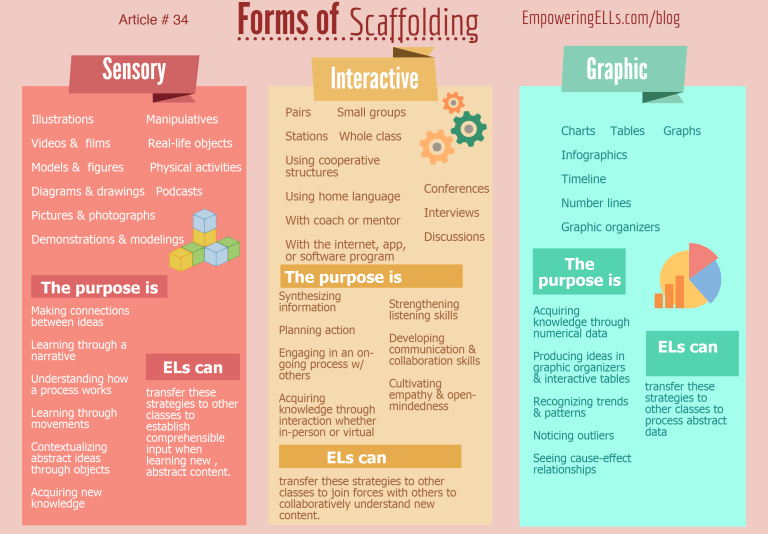
A few places to start:
- Book Riot has a list of books about racial issues. Here are three:
“So You Want to Talk About Race” by Ijeoma Oluo.
“The New Jim Crow: Mass Incarceration in the Age of Colorblindness” by Michelle Alexander
“The Making of Asian America: A History” by Erika Lee
- This year’s finalists for nonfiction in the National Book Awards include books about the relationship between George Washington and Native American leaders; the experience of growing up poor in the Midwest; and one of the key architects of the Harlem Renaissance:
“The Indian World of George Washington: The First President, the First Americans and the Birth of the Nation” by Colin G. Calloway
“Heartland: A Memoir of Working Hard and Being Broke in the Richest Country on Earth” by Sarah Smarsh
“The New Negro: The Life of Alain Locke” by Jeffrey C. Stewart
“Rising Out of Hatred: The Awakening of a Former White Nationalist,” published this fall by Eli Saslow, is about radical acts of empathy.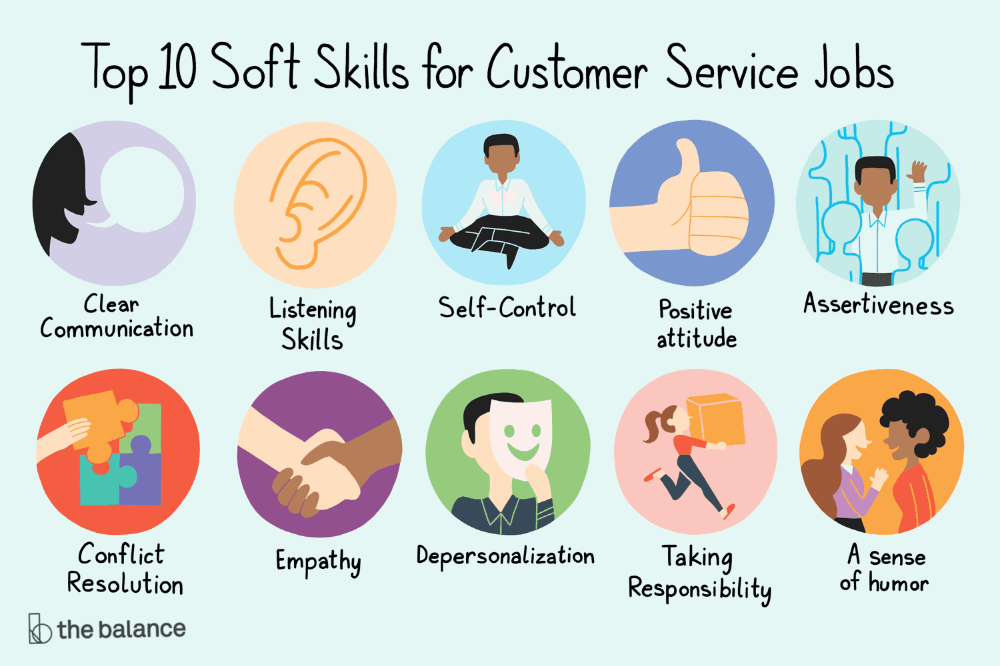 It’s the story of a former white nationalist who changed his heart and mind after a group of Orthodox Jewish students at his college began inviting him to their Shabbat dinners.
It’s the story of a former white nationalist who changed his heart and mind after a group of Orthodox Jewish students at his college began inviting him to their Shabbat dinners.
Expand Your Research
Read and watch first-person accounts of the experiences of others in magazines and newspapers, on social media and in podcasts and documentaries.
The New York Times Op-Docs channel is one place to start. For example, it includes a series of first-person documentaries about race in which people from a variety of backgrounds talk about their experiences.
The University of California, Berkeley’s division of equity and inclusion has more suggestions for reading, watching and listening, including these documentaries:
“Hale,” directed by Brad Bailey, about a man with cerebral palsy since birth
“Almost Sunrise,” directed by Michael Collins, about two Iraq War veterans who struggle with depression after returning home
“Poor Kids,” directed by Jezza Neumann, about child poverty in the United States
Raise Empathetic Kids
Children can learn empathy.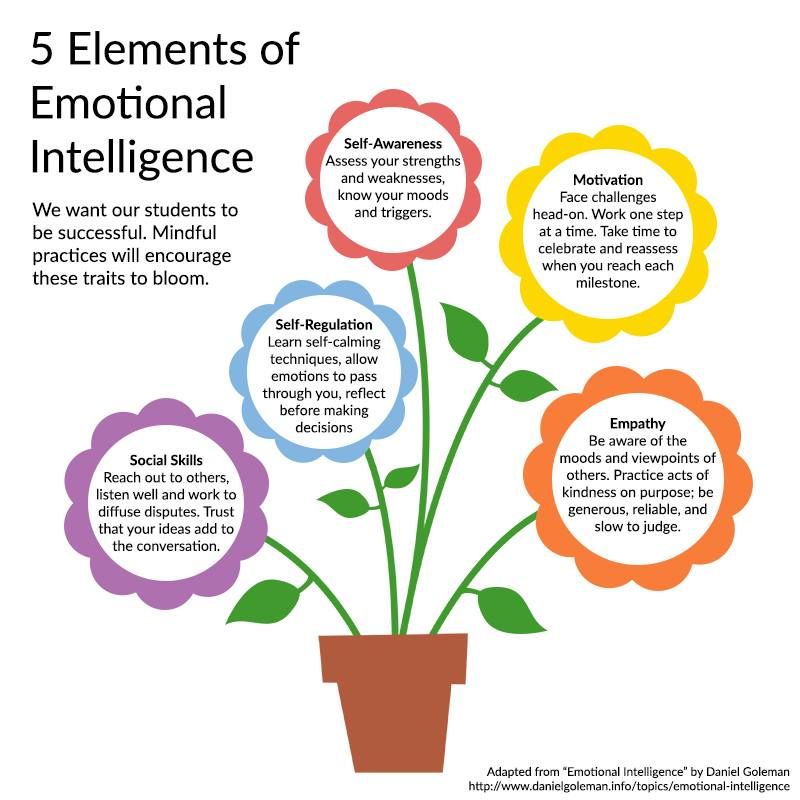 The first step is modeling it yourself.
The first step is modeling it yourself.
Teach Them Empathy
Children show empathy from the time they’re babies, when they mimic facial expressions and learn to smile back at people. It takes longer for them to learn to consider other people’s perspectives (as is clear to anyone who’s seen toddlers battle over sharing toys)! But there are ways parents and caregivers can teach empathy.
- Ask children what they think characters in books or during imaginative play are feeling, based on their facial expressions or what’s happening to them in the story.
- Don’t instruct your kid to say sorry. It’s a natural instinct, but experts say it can backfire because it doesn’t require them to genuinely think about the other person’s feelings. Instead, ask questions like: “How do you think he’s feeling? What could you do to help him feel better?”
- Help your children name their emotions.
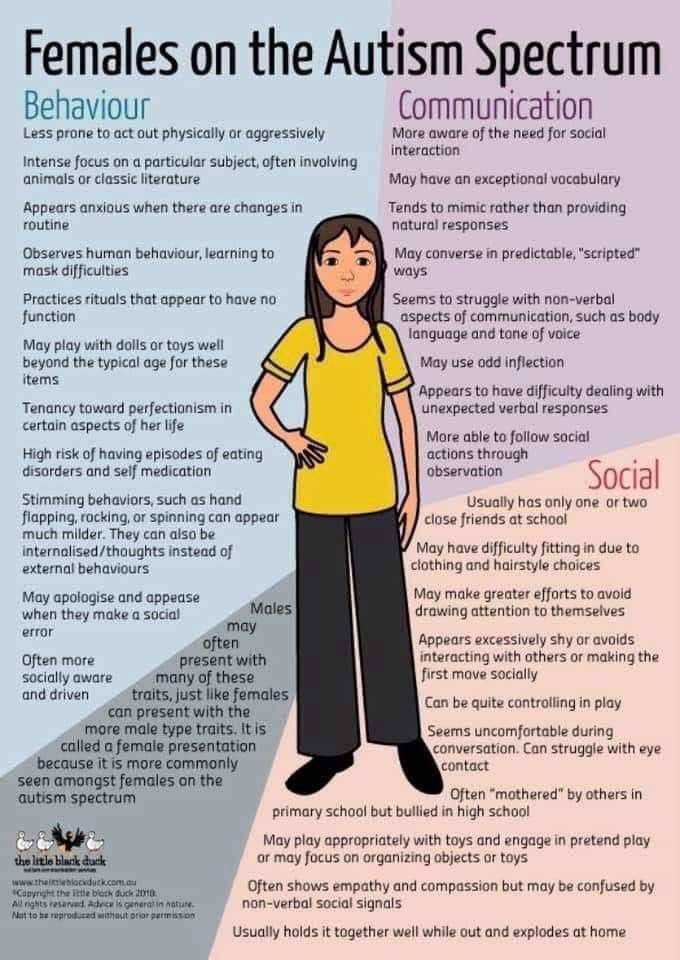 When they’re crying in frustration or anger, or don’t want bedtime to come or school to start, give them words for their feelings. Express your feelings in front of them, too, using the full range of emotional vocabulary.
When they’re crying in frustration or anger, or don’t want bedtime to come or school to start, give them words for their feelings. Express your feelings in front of them, too, using the full range of emotional vocabulary. - When you’re discussing problems they’re having, like with a sibling or friend at school, ask them to consider the other person’s perspective.
Model empathy and compassion by bringing soup to a friend who’s going through a hard time, volunteering as a family in your community or bringing a welcome bouquet to a new family at school.
Read to Them
Just like novels do for adults, children’s books take them into characters’ lives, hearts and minds. The first step is choosing books with a diverse cast of characters – including children of color, strong female protagonists and children with disabilities – so children can see characters they identify with and those they don’t.
Parents and caregivers can also use books to discuss issues like discrimination.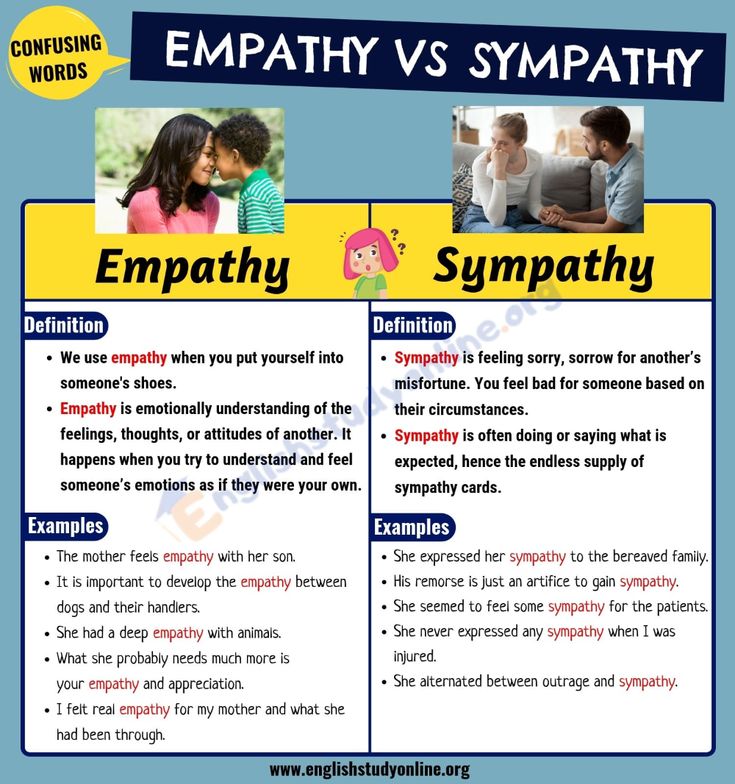 A membership with the Little Feminist book club sends books, along with activities and discussion questions, for talking about gender equality and diversity with girls and boys. EmbraceRace has a list of 26 children’s books to start conversations about race.
A membership with the Little Feminist book club sends books, along with activities and discussion questions, for talking about gender equality and diversity with girls and boys. EmbraceRace has a list of 26 children’s books to start conversations about race.
Here are three books recommended by Maria Russo, the children’s books editor at The New York Times Book Review:
- “The Snowy Day” by Ezra Jack Keats: The first full color picture book centered around an African-American child remains touching today.
- “Pancho Rabbit and the Coyote” by Duncan Tonatiuh: A rabbit family faces challenges when they try to migrate north.
- “The Thing About Luck” by Cynthia Kadohata: A 12-year-old Japanese-American girl moves to the Midwest for the summer to live with her old-fashioned grandparents.
And here are three books recommended by the people at Little Feminist book club:
- “Drum Dream Girl” by Margarita Engle and illustrated by Rafael López: Based on a true story, a young Cuban girl dreams of being a drummer but is told she can’t because she’s a girl.

- “Jabari Jumps” by Gaia Cornwall: When Jabari tries to jump off the diving board, he faces his fears and expresses his vulnerability with the help of his father.
- “Introducing Teddy” by Jessica Walton and illustrated by Dougal MacPherson: A teddy bear tells its young human friend that it’s a girl inside, not a boy, and the friend accepts the teddy just the way it is.
Talk About Bias
Many parents, especially those who are white, try to avoid talking about race, gender identity, income level or other differences among people, believing that if they expose their children to diversity without making a big deal about it, their children will grow up without prejudice.
But research has shown that’s not true. Even preschoolers see differences – and also hold biases. When adults don’t talk to children about it, it can make it worse – children end up absorbing societal stereotypes or assuming it’s a taboo topic.
For families of color, these conversations often start much earlier by necessity, said Dawn Dow, a sociologist at the University of Maryland who studies race and family. Parents try to protect their children from racism and make sure they’re exposed to people like them.
Parents try to protect their children from racism and make sure they’re exposed to people like them.
Have the hard discussions, researchers say. Bring up topics like race. Talk to them about the fact that racism exists; that boys and girls haven’t always been allowed to do the same things; that different families have different levels of resources; that people’s bodies are unique shapes and sizes; that families are made up of different combinations of people.
Don’t silence children when they remark on skin color, or skip the parts in books when characters face discrimination – these are the learning moments. Instead, talk about discrimination, and why it’s wrong. If they make a comment in public, experts suggest saying something like, “Yes, people come in all different skin colors, just like you and I have different hair colors.”
Diversify their media diet, not just with stories of historical figures but also children of color “doing normal things, enjoying their lives,” Ms.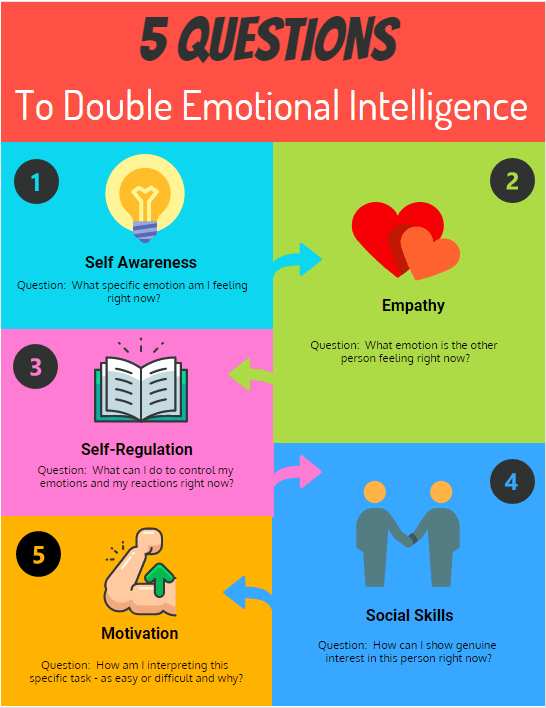 Dow said. She gave as examples the Nick Jr. cartoon “Dora the Explorer” and the book “Lola at the Library.”
Dow said. She gave as examples the Nick Jr. cartoon “Dora the Explorer” and the book “Lola at the Library.”
“They worry that talking about race and racism will cause their children to be racist,” Jessica Calarco, a sociologist at Indiana University, said of parents. “But that’s not what the research shows. Children who have those open, honest conversations with their parents are better able to recognize the structural inequalities that exist in our society.”
Teach Them to Fight Stereotypes
Researchers say children are aware of stereotypes by age 3. Counter them by encouraging children to do a wide variety of activities and spend time with a range of friends. Model the same in your own life — starting with sharing the chores at home.
If children say “Boys don’t play with dolls” or “Girls aren’t good at science,” remind them that’s not true. If you notice stereotypes in the shows they watch or the books they read, discuss them: “Does it seem fair that only the boys got to participate in the baseball game?” or “Why do you think the mother is the one doing all the cooking for the children?”
Teach them what to do if they experience discrimination or see someone else experiencing it, and role play with them.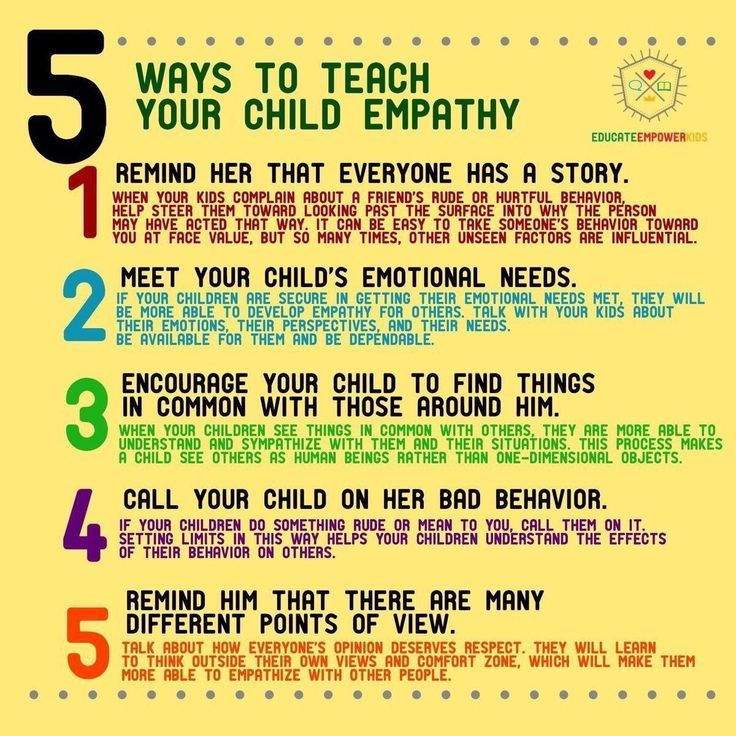 Teach them to say, “Stop” or “That’s unkind,” or to stand next to the person who’s being targeted, or to find a trusted adult.
Teach them to say, “Stop” or “That’s unkind,” or to stand next to the person who’s being targeted, or to find a trusted adult.
Hard Conversations
Frank, respectful conversations can go a long way toward opening people’s minds.
In one study, canvassers visited the homes of 500 Florida voters and had a conversation about transgender rights. They also asked people to reflect on their own experiences of being treated differently. Afterward, the voters in the study showed more support for transgender people and for laws protecting them. Something similar happens at the Change My View subreddit. People have described it as the most civilized place on the internet, where people respectfully discuss controversial topics and are open to changing their minds. Both examples show the power of having conversations about topics that might seem hard or uncomfortable. “The goal is not to be comfortable,” Ms. Thomas said. “It’s to stretch ourselves and expose ourselves to others’ points of view. I compare it to yoga – getting comfortable by being uncomfortable. If you are comfortable, you probably aren’t doing it right.” Here are some tips for having uncomfortable conversations:
Learn to Be Quiet
If you’re uncomfortable with the topic of conversation, or if someone has told you that you said something that was offensive, the first step is to listen. Some common errors, experts say, are:
- focusing on your own feelings instead of the other person’s
- making the conversation about you
- blaming the victim or denying that their experiences happened.
Here are some things to do instead:
- Step One: Don’t say anything. Just listen.
- Step Two: If you offended someone, apologize (and apologize earnestly).
- Step Three: Do your research. Read articles written by people who have had firsthand experiences with what you’re discussing.
Be Open to Changing Your Mind
Follow some of the ground rules at the Change My View subreddit:
- Don’t be rude or hostile.
- Don’t create echo chambers: Express opposing views, and explain the reasoning behind them.
- Engage in the conversation: Don’t state your position and walk away.
- If no one has changed their mind after three rounds of going back and forth, consider agreeing to disagree.
- If you change your mind, be proud of it and tell people you did so.
Learn to Listen
Truly listening to someone requires active engagement. Here are some tips from Dr. Riess, the Harvard psychiatrist:
- Use your body language to show that you’re open to listening: uncross your arms, lean slightly forward, make eye contact.
- Pay close attention to the speaker’s facial expressions and body language, which can convey more emotions than their words.
- Don’t interrupt.
- Ask open-ended questions.
- Put away your phone.
Remember: It Doesn’t Have to Be Hard
We’re all humans, and we all have the natural desire to connect with one another. Building our empathy, considering the perspectives of others and opening ourselves to uncomfortable conversations can make that happen. “We have made it fraught, but it doesn’t have to be,” said Ms. Godsil, the Rutgers law professor. “Once it’s the norm, it’s wildly freeing for everyone.”
Is it possible to learn empathy? | PSYCHOLOGIES
Harper Lee's To Kill a Mockingbird has one powerful line: "You can't really understand a person until you get their point of view... You have to get into their shoes and walk around in them." And we actually know how to do it.
Neuropsychologists say that 98% of people have innate empathy skills - they can imagine themselves in the place of others and look at the world through other people's eyes. The difficulty, however, is that in everyday life most of us do not use this empathic apparatus to its full potential.
Emotional deafness?
In the morning, hurrying to work, you can calmly run past an old woman tormented with a cart at the steps of an underground passage, or go to a news site and scroll through a message about the deadly tsunami in Indonesia with a bored look.
Such an empathic failure can also happen in relationships with loved ones - for example, when you yell in annoyance at a six-year-old child or get angry that your wife asked you to wash the dishes, forgetting that she already has most of the household chores.
However (good news!) almost anyone can learn empathy; it's not much harder than learning how to drive a car or how to cook soup.
To begin with, it would be nice to assess your ability to empathize. Neuropsychologist Simon Baron-Cohen developed the "Reading Emotions from Facial Expressions" test. A research participant is shown 36 photographs of eyes, each accompanied by a list of four emotional states. You need to choose the most appropriate state.
The average test score is 26/36. This means that most of us, with due effort, are surprisingly good, although not perfect, at understanding the emotions of others. However, there is no limit to perfection: there are a number of techniques that allow you to develop the ability to empathize.
Actively listening
“The key to successful communication is our 100% presence in the here and now, which results in the ability to understand what is happening in the soul of the interlocutor,” writes Marshall Rosenberg, psychologist and author of the idea of “non-violent communication 1 .
Listening attentively to the interlocutor (be it a friend who has just been diagnosed with cancer, or a husband who is annoyed by your irregular working day), we thereby let him know that we see his problem and accept his point of view.
Let the person finish, then refrain from the urge to immediately start answering: repeat to yourself (and sometimes out loud) everything you just heard. This will let the other person know that you heard him. It is this communication technique that is called radical (and also active and empathic) listening.
Active listening works great in conflict resolution: Marshall Rosenberg showed that in an employer-employee conflict, if each of the participants in the discussion literally repeats what was just said to him before speaking himself, conflict resolution is doubled faster.
Looking for a person
The next step to increase empathy has its origins in Buddhist practice: spend the day thinking about every person who has a hand in your daily life.
The driver of the train you take to work; the worker who laid the tiles that you walk on from the subway to the office; the little Filipino who sewed buttons to your shirt under slavish conditions; Ceylon planter who grew the tea you are now brewing - your life is inextricably linked with the lives of other people unknown to you.
Spend the day asking yourself how they live, what they dream about, what they aspire to. Brecht has a poem, "Questions from a Reading Worker," which begins in a completely empathic spirit: "Who erected the seven gates of Thebes? The names of the rulers are named in the books. Did the lords hew stones and move rocks? 2
To open up to the unusual
We need to regain that curiosity about everything in the world that we all had when we were children, and which modern life so successfully destroys in us. Here, however, it is important not to go to the other extreme. When communicating with people, remember that your task is not to interrogate, but to question, so be friendly and unobtrusive, do not turn into an investigator.
Empathy is the key to healthy human relationships. As Daniel Goleman, who coined the term emotional intelligence, said, “Without empathy, we are all deaf.” And, since everyone can master empathy, try it too - and go to the world you know, full of the unfamiliar and unusual.
What is empathy and how to develop it? One of the important components of soft skills is the ability to understand the feelings of others - empathy.
Anastasia Batkhina ,
psychologist, founder of InMind
Advertising on RBC www.adv.rbc.ru
What is empathy - in simple terms
Empathy is the conscious empathy with the emotional state of others, the ability to recognize how they feel and express compassion. It is carried out, among other things, with the help of mirror neurons, which are located in the cerebral cortex and allow you to reflect the feelings and emotions of other living beings.
The ability to sympathize helps us feel a sense of belonging to what is happening to a person, and the person himself will understand: his emotions are important to you, you accept him.
This skill is necessary for building interpersonal relationships: finding a common language, agreeing and developing a strategy that will satisfy both parties is possible only when we are able to put ourselves in the place of another.
Empathy is the bridge between the worlds in which each of us lives: it helps to feel unity with others.
To build a bridge, a number of rules must be followed.
Rules of empathy
1. Sincere desire to understand any person and sympathize with him
Empathy is a complex internal work that requires a lot of resources. But often it is easier for us to judge others, using stereotypes and labels, to dismiss their feelings, motivating this by unwillingness to delve into other people's problems.
Advice: we should sincerely care about what happens to a person - this is the only way to create deep constructive relationships.
2. Empathize, not evaluate
If another person gets into an unpleasant situation, there is usually a desire to say: “You did something stupid and you are to blame for everything.” But in this way we give an assessment of what is happening, label and try to devalue the feelings of another: they say, it’s okay what you are going through, it’s all nonsense. This is how the defense mechanism of the psyche turns on: we do not want to face strong negative emotions of other people. However, it is important to understand that such an attitude will not allow you to express sympathy, provide assistance, establish contact.
Advice: refuse automatic reactions and take a nonjudgmental position.
A frame from the film “It's good to be quiet”
© kinopoisk.ru
3. Accept the fact that each person lives in his own psychological reality
Remember: each of us has our own views, ideas, beliefs, rules.
Tip: these differences should be respected. Even if we do not share a person's worldview, we must admit that he has the right to his point of view.
Exercises to develop empathy
People have different ability to experience empathy: some people have it from birth, while others find it difficult to imagine themselves in a strange place. But the situation can be changed, because empathy is a skill that develops: it requires desire and regular training. 1. People around us at the moment, whether they had a good day today or a difficult one. And while communicating, ask yourself the question: “How does the person with whom I am talking feel now?”
Result: so at first you only build hypotheses, but with the development of the skill you will be more accurate in your estimates.
2. Active listening
The basis of empathy is the ability to listen to a person. Set yourself a task: to hear and understand what he wants to convey. When communicating with others, try not to be distracted by extraneous matters: put down the phone, maintain eye contact, do not interrupt, let them speak.
Result: this will allow you to better establish contacts with other people, because each of us especially appreciates those interlocutors who possess the art of not only a storyteller, but also a listener.
Still from the film The Breakfast Club
© kinopoisk.ru
3. Reflection
Mirror another person's emotions: listen to him and retell what he told you, with an emphasis on his feelings. For example: “I understand that you have a tense situation at work right now, I see how anxious you are.”
Result: you will be able to establish contact, express sympathy. This approach will eliminate the need to select some special words (which often causes difficulty).
4. Connect with “others”
It's no secret that many people like to gather around themselves a team of like-minded people with a similar worldview, because in such a society we feel most comfortable. But this blurs the view, makes our thinking tunnel-like, and makes us unable to understand and sympathize with those whose views differ from ours. Set yourself the task of communicating with those with whom, for various reasons, you would not maintain relationships in ordinary life.
Result: ability to understand "others" (people with a different worldview) and their motives.
5. Read and watch
Reading fiction and watching psychological films is a great empathy trainer. Try to track and analyze how the hero feels, at what moments he evokes empathy and why.
Result: often when in contact with works of art, empathy arises at an automatic level (this element is inherent in the work itself), which helps to train the skill.
A still from the movie "Romantics 303"
© kinopoisk.ru
6. Play
There are a large number of board games (including for adults) that create an opportunity to put yourself in the place of other people and build relationships with them. One of them is the Imaginarium.
Result: such games train the ability to better understand the interlocutor and predict the train of thought of different people.
7. Cards of emotions
Find on the Internet and copy the list of emotions, consisting of more than 30 points, next to each write the situations from your life in which you experienced it.
Result: The emotion map will tell you the difference between emotions and when you feel them.



